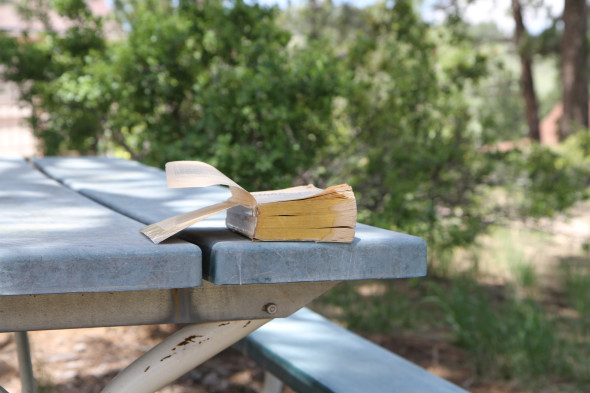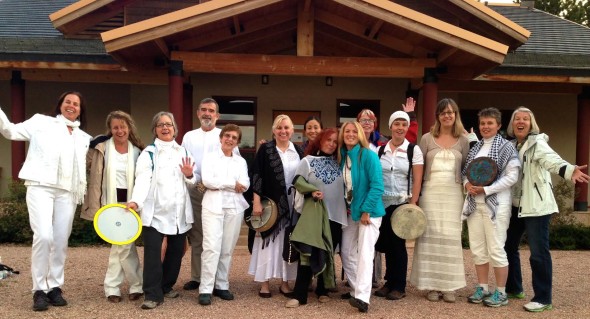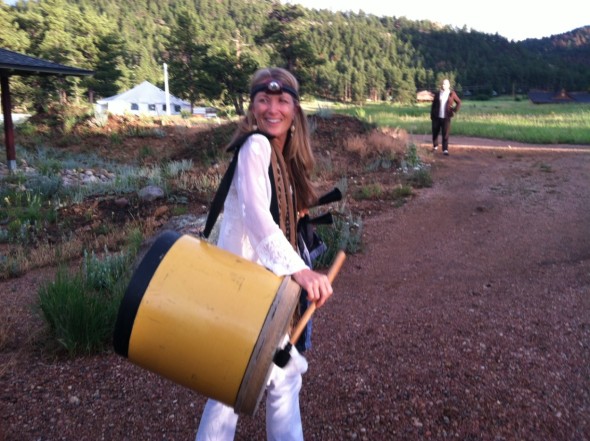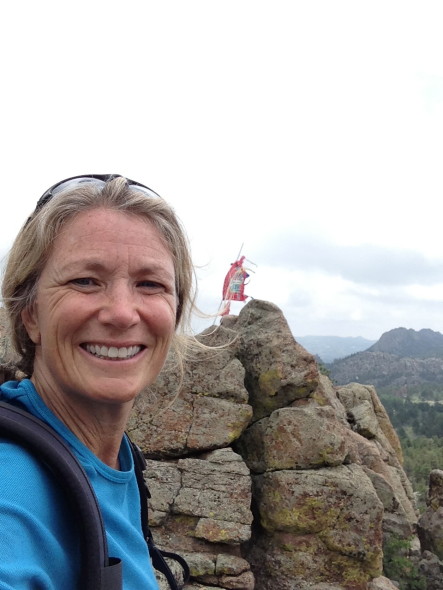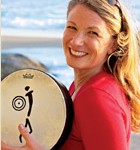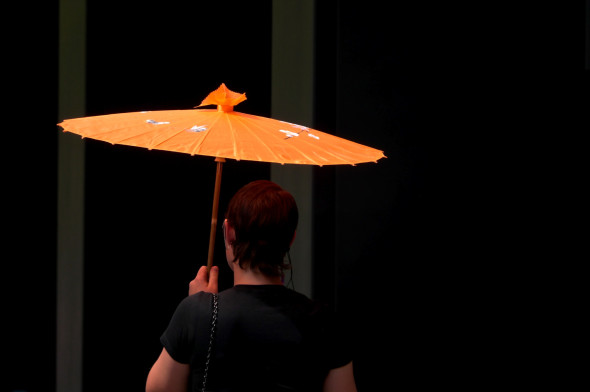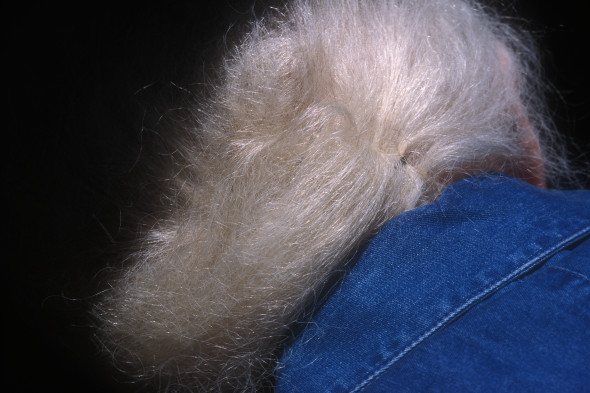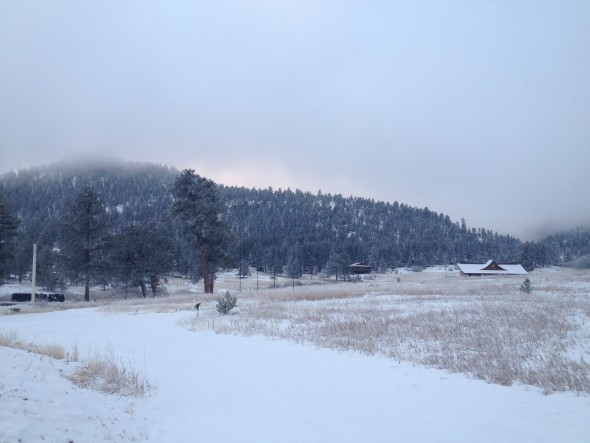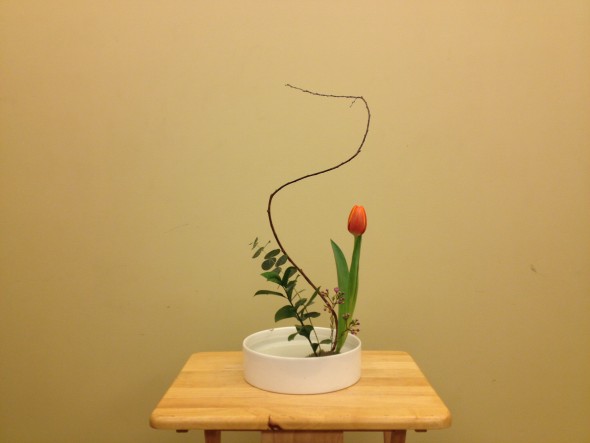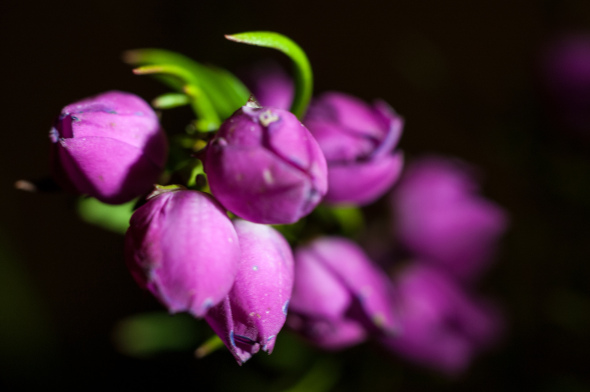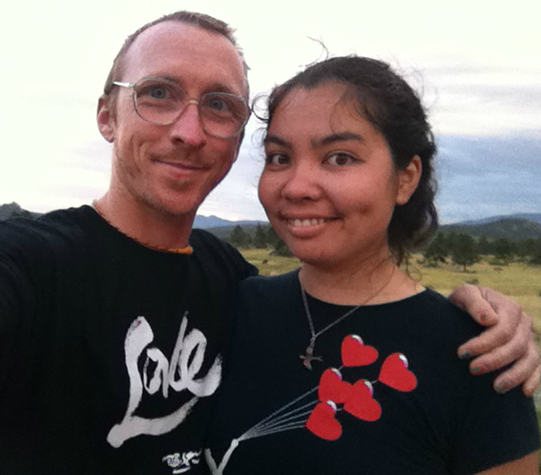By Albert Flynn DeSilver
Shambhala Mountain Center hosts Writing as a Path to Awakening with Albert Flynn DeSilver August 13-17, 2015 — click here to learn more
Writing as a Path to Awakening is a dynamic and fun process using mindfulness as a way to deepen your writing practice and expand your creative potential. Spiritual practice has always brought insight to my writing—increasing the flow of ideas, the big open inclusive ideas of beauty and of being and of surrendering to a state of love and compassion.
Too often we get pigeon-holed into false conceptions of ourselves. There are a million distractions, negative self talk, old voices of doubt and self recrimination often holding us back. We experience it in the form of writer’s block, in the creation of flat characters, in novels left half-written collecting dust on the table.
I know if my heart of hearts when people have a safe place to express their true poetic self they can realize who they really are, and this process of awakening can change the world. If you take a look at the great spiritual teachers from around the world— Gandhi, the Dalai Lama, Amma, Thich Nhat Hanh — they have something in common beyond their spiritual practice and messages: they are writers. They have to be in order to spread their messages of compassion and love. Think about it. Is there anything more powerful than the written word? “In the beginning was the word and the word was with god and the word was god.”
How powerful would it be to follow in the footsteps of these leaders, to integrate an expansion of consciousness into your writing and vice versa? Writing as a path to Awakening is a process of utilizing the practice of writing toward further self-awareness, increased emotional intelligence, and overall expansion of consciousness. It can allow you to express the truest form of yourself to the world through your writing.
I want people to remember that creativity isn’t something that some people have and others don’t. Creativity is not something you go and get at a workshop, or even a thing that you learn. Creativity is you, it’s who you are at your very core. One just needs to stop, turn off the computer, phone, i-pod, etcetera and listen in silence, spend time in nature, and there you will merge with the creativity that is you!
No matter what your vocation is in this life, you can integrate mindfulness and certainly writing if you are so inclined. In order to live the awakened life, you need to get in touch with who you really are. Writing as a Path to Awakening can be part of that journey. When you open up your mind to your inner self you begin on a journey into creativity—exploring your sociological, emotional, psychological, and spiritual story—over time you gain insight, understanding, further clarification of the self, and ultimately the ability to transcend a lot of perceived limitations.
Through mindful being and reflective writing you will find that your very existence is miraculous. This simple and profound insight is not only worth writing about, but a courageous and beautiful step toward changing the world.
~~~
 Albert Flynn DeSilver is an internationally published poet, writer, speaker, and workshop leader. He served as Marin County’s very first Poet Laureate from 2008-2010. His work has appeared in more than 100 literary journals worldwide. http://www.albertflynndesilver.com/
Albert Flynn DeSilver is an internationally published poet, writer, speaker, and workshop leader. He served as Marin County’s very first Poet Laureate from 2008-2010. His work has appeared in more than 100 literary journals worldwide. http://www.albertflynndesilver.com/


